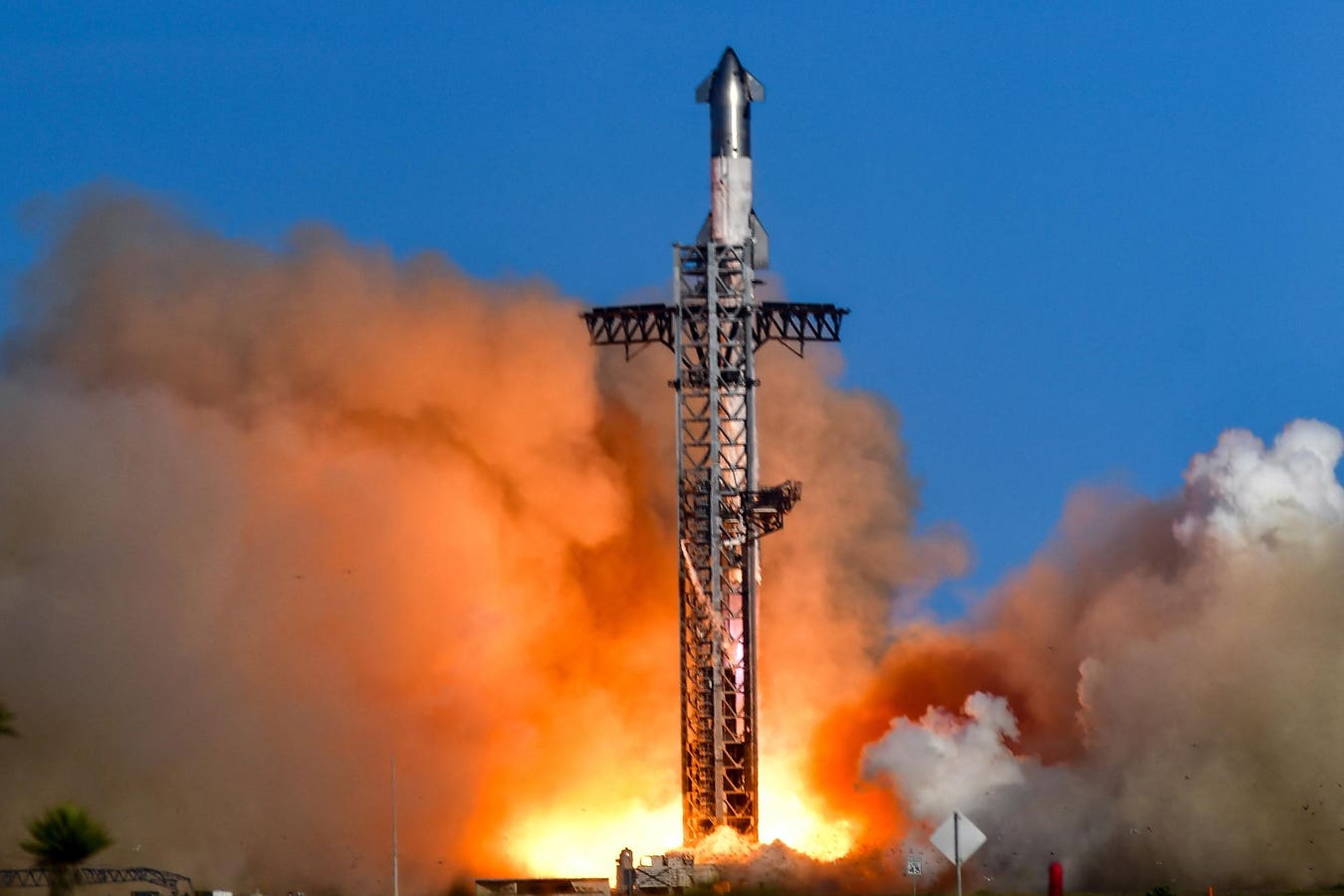Ally LaTourelle Whitney, Founder of the Government Affairs Accelerator
Why National Security Spending Might Be the Unexpected Ally of Climate Tech
As global powers escalate military spending, climate advocates are sounding the alarm: could this defence-first posture stall momentum for green innovation? Not necessarily, argues Ally LaTourelle Whitney, founder of the Government Affairs Accelerator. For her, the answer isn’t retreat — it’s realignment.
“National security and sustainability are no longer separate conversations,” she says. “What we’re seeing is not a full redirection of funding, but a diversification of portfolios.”
And the numbers suggest just how serious the global defence pivot has become. In 2023, the United States passed a record $858 billion defence budget. Germany committed €500 billion to military and infrastructure upgrades. Japan approved its largest postwar defence package. With the war in Ukraine and broader geopolitical tensions continuing to unsettle global markets, defence spending is surging.
But LaTourelle Whitney — who also advises America 2030, a $50 million growth-stage fund investing in dual-use technologies — sees a deeper opportunity. Technologies that address both security and climate needs are gaining traction, and the once-clear line between the two sectors is blurring fast.
The Dual-Use Revolution
A trained lawyer with experience spanning public policy, finance, and science, LaTourelle Whitney has long operated across sectors. Today, she’s at the forefront of a new wave of investors backing “dual-use” innovation — technologies that serve both military and civilian purposes.
“Lightweight composites, autonomous systems, low-emission fuels — these aren’t just military tech,” she explains. “They’re also the building blocks of sustainable infrastructure.”
Whitney points out that many modern defence innovations, by necessity, are greener than their predecessors. “Defence tech is lightweight, electric, reusable — and increasingly dual-use. Consider field-deployable solar panels or autonomous drones designed to reduce fuel-heavy operations. These are defence-first, but they’re also climate-supportive.”
The U.S., EU, and Asia have been increasing defence budgets while simultaneously issuing mandates for greener military operations — from logistics to procurement. These dual pressures are accelerating the convergence of sustainability and security in innovation.
From Climate to Strategic Realities
Climate tech is now intertwined with strategic concerns like energy independence and infrastructure resilience. A 2022 report by the International Military Council on Climate and Security called climate change a “threat multiplier,” exacerbating everything from conflict and migration to economic instability.
“As defence tech becomes more sustainability-conscious, there’s growing legitimacy for climate considerations within historically conservative procurement channels,” says LaTourelle Whitney.
Examples of this shift are already emerging. The Pentagon has issued calls for field-deployable solar panels and autonomous systems to reduce reliance on vulnerable fuel supply chains. NATO’s Defence Innovation Accelerator for the North Atlantic (DIANA), launched in 2023, is funding startups that deliver both operational efficiency and environmental value — from robotics to energy-generating textiles.
Meanwhile, companies like Crusoe — which captures flare gas from oil fields and converts it into power for data centres — are demonstrating how climate solutions can have direct applications for edge computing and battlefield energy needs.
“There’s a new generation of investors who no longer see sustainability and security as separate lanes,” says LaTourelle Whitney. “They’re thinking holistically — about how technology reduces conflict risk, resource dependence, and geopolitical instability. That’s fuelling support for what some now call ‘peace tech.’”
Investing for Impact in a Security-First Era
Despite continued growth in climate tech investment, the capital is shifting toward solutions that serve infrastructure, resilience, and supply chain security.
“Pure-play consumer green tech may feel the squeeze,” LaTourelle Whitney cautions. “Especially if it lacks ties to critical systems.”
Her advice to climate-focused founders? Speak the language of strategic value. “Can your technology operate off-grid? Does it reduce reliance on foreign-sourced materials? Can it serve disaster zones or conflict environments? If yes, you’ve got a compelling pitch.”
She also encourages climate tech entrepreneurs to explore non-traditional funding paths. Agencies like DARPA or NATO’s DIANA, public-private partnerships, and government procurement programmes offer alternatives to venture capital that may be more aligned with the moment.
“Don’t just think VC,” she adds. “Think procurement, think policy, think long-term geopolitical relevance.”
A Holistic Future: Policy Meets Innovation
The strategic pivot toward dual-purpose technology is already taking hold in national policy. The war in Ukraine, pandemic-era supply chain shocks, and rising concerns over technological sovereignty have pushed governments to reconsider their priorities.
“We’re seeing a real shift — mandates for greener defence logistics, sustainable materials like biobased nylons, and remote technologies that support humanitarian and military operations alike,” LaTourelle Whitney says.
And climate tech is well-positioned — if it adapts. “Being green won’t be enough,” she concludes. “But being green, resilient, and strategically relevant? That’s a winning formula.”









